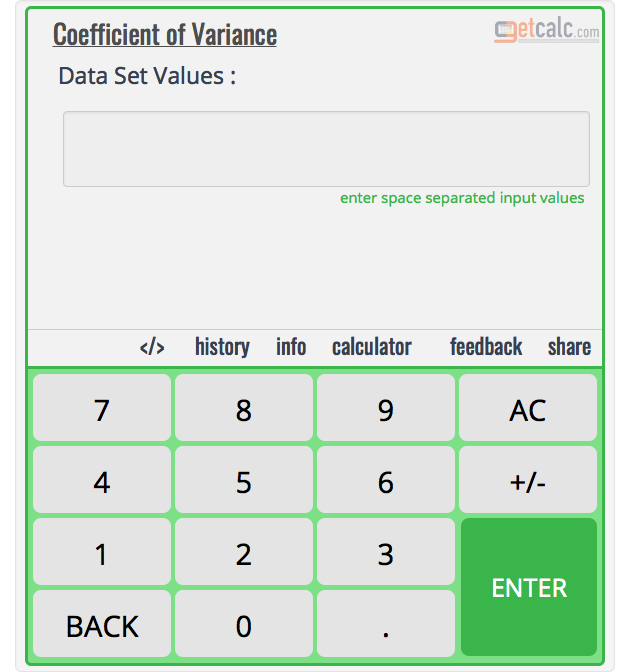

- #STANDARD ALPHA VALUE FOR STATISTICAL CALCULATIONS HOW TO#
- #STANDARD ALPHA VALUE FOR STATISTICAL CALCULATIONS CODE#
Whereas test statistic values less than the lower critical value and more than the upper critical value indicate rejection of the null hypothesis for the test. Test statistic values more than or equal to the lower critical value and less than or equal to the upper critical value indicate the failure to reject the null hypothesis. We can refer to each critical value as the lower and upper critical values for the left and right of the distribution respectively. This would be split to give two alpha values of 2.5% on either side of the distribution with an acceptance area in the middle of the distribution of 95%. To make this concrete, consider an alpha of 5%. The critical value will then use a portion of this alpha on each side of the distribution.

When using a two-tailed test, a significance level (or alpha) used in the calculation of the critical values must be divided by 2.

#STANDARD ALPHA VALUE FOR STATISTICAL CALCULATIONS HOW TO#
How to Use Critical ValuesĬalculated critical values are used as a threshold for interpreting the result of a statistical test. These alpha values include:Ĭritical values provide an alternative and equivalent way to interpret statistical hypothesis tests to the p-value. Standard alpha values are used when calculating critical values, chosen for historical reasons and continually used for consistency reasons. We can express this mathematically as follows: What Is a Critical Value?Ī critical value is defined in the context of the population distribution and a probability.Īn observation from the population with a value equal to or lesser than a critical value with the given probability. Calculating and using critical values may be appropriate when quantifying the uncertainty of estimated statistics or intervals such as confidence intervals and tolerance intervals. Chi-Squared Test: Chi-Squared distribution.Ĭritical values are also used when defining intervals for expected (or unexpected) observations in distributions.Student t-Test: Student’s t-distribution.

Some examples of statistical hypothesis tests and their distributions from which critical values can be calculated are as follows: Some tests do not return a p-value, requiring an alternative method for interpreting the calculated test statistic directly.Ī statistic calculated by a statistical hypothesis test can be interpreted using critical values from the distribution of the test statistic. Many statistical hypothesis tests return a p-value that is used to interpret the outcome of the test.
#STANDARD ALPHA VALUE FOR STATISTICAL CALCULATIONS CODE#
Kick-start your project with my new book Statistics for Machine Learning, including step-by-step tutorials and the Python source code files for all examples. How to calculate critical values for the Gaussian, Student’s t, and Chi-Squared distributions.How exactly critical values are used on one-tail and two-tail statistical hypothesis tests.Examples of statistical hypothesis tests and their distributions from which critical values can be calculated and used.In this tutorial, you will discover critical values, why they are important, how they are used, and how to calculate them in Python using SciPy.Īfter completing this tutorial, you will know: In addition, critical values are used when estimating the expected intervals for observations from a population, such as in tolerance intervals. In some cases, you must use alternatives, such as critical values. Not all implementations of statistical tests return p-values. In is common, if not standard, to interpret the results of statistical hypothesis tests using a p-value.


 0 kommentar(er)
0 kommentar(er)
